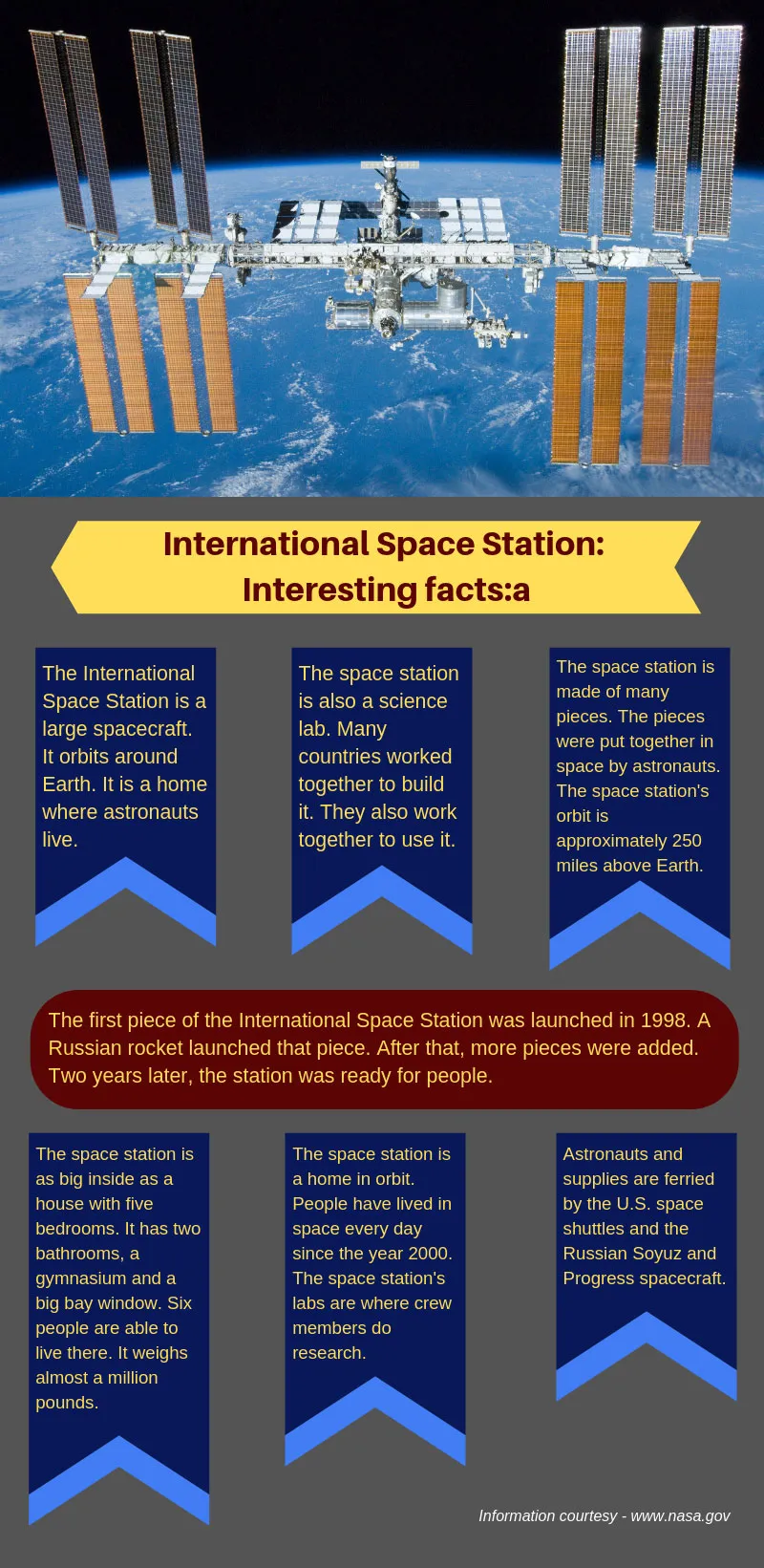Astronauts Stuck in ISS | 14 Aug 2024
Why in News?
Astronauts Sunita Williams and Barry "Butch" Wilmore are staying on the International Space Station (ISS) until February 2025 due to technical issues with the Boeing Starliner spacecraft that brought them there in June 2024.
- NASA is working to resolve the issues, which raise concerns about astronaut safety, the ISS's capacity, and the effects of prolonged space travel on human health.
Note:
- Starliner is a spacecraft designed for carrying astronauts to space, featuring a crew capsule, reentry capability, and a non-reusable service module providing life support and propulsion systems.
- SpaceX's Crew Dragon and NASA’s SpaceX Demo-2 provide similar spacecraft services like Starliner.
How did the Astronauts Get Stuck in ISS?
- Williams and Wilmore travelled to the ISS in June on Boeing's Starliner, its first crewed mission.
- Despite a pre-launch helium leak and additional leaks during the journey, Starliner arrived at the ISS, but new issues remain unresolved.
- Regular cargo spacecraft deliveries ensure a steady supply of essentials, allowing the ISS to support the crew for an extended stay.
-
Earlier Instances of Longer Stays in Space:
-
Russian cosmonaut Valeri Polyakov holds the record with 438 days on the Mir Space Station (Russian Space station deorbited in 2001) in 1994-95.
-
US astronaut Frank Rubio completed 371 days (2022-23) on the ISS.
-
What is the Impact on the Human Body in ISS?
- Bone Density Loss: Prolonged exposure to microgravity can lead to several health issues for astronauts as they can lose up to 1% of bone mass per month due to the lack of gravitational force, increasing the risk of osteoporosis and fractures.
- Muscle Atrophy: Muscle mass and strength can diminish significantly in microgravity, necessitating rigorous daily exercise routines to mitigate these effects.
- Vision Problems: Changes in fluid distribution in the body can lead to increased intracranial pressure, causing vision-related issues, often referred to as Spaceflight Associated Neuro-ocular Syndrome (SANS).
- Cardiovascular Changes: The heart can change shape and size in microgravity, leading to potential cardiovascular issues.
- Psychological Effects: Extended isolation and confinement can also impact mental health, leading to stress, anxiety, and other psychological challenges.
International Space Station (ISS)
- It is the largest man-made structure in space, and was launched in 1998.
- It functions as a habitat for astronauts and has been continuously occupied since 2000.
- Participating Agencies: The ISS is a joint effort of the space agencies of the United States (NASA), Russia (Roscosmos), Europe (ESA), Japan (JAXA), and Canada (CSA).
- Orbit: The ISS orbits approximately 400 kilometres above Earth.
- Speed: It travels around Earth at about 28,000 kilometres per hour, completing an orbit every 90 minutes.
- Objectives: The ISS aims to advance our understanding of space and microgravity, support new scientific research, and exemplify international collaboration.
Read More: Space Missions in 2024, Impact of Spaceflight on Brain Fluid Dynamics
UPSC Civil Services Examination, Previous Year Question (PYQ)
Prelims:
Q.1 In the context of space technology, what is “Bhuvan”, recently in the news? (2010)
(a) A mini satellite launched by ISRO for promoting the distance education in India
(b) The name given to the next Moon Impact Probe, for Chandrayaan-II
(c) A geoportal of ISRO with 3D imaging capabilities of India
(d) A space telescope developed by India
Ans: (c)

